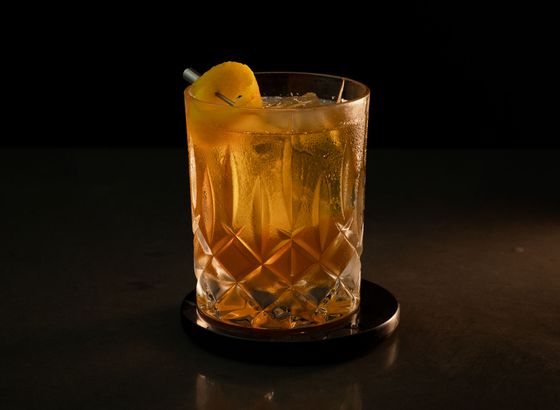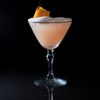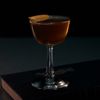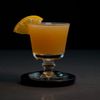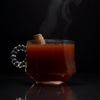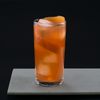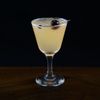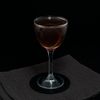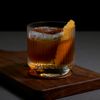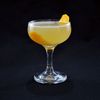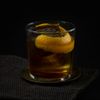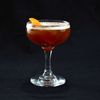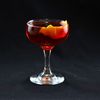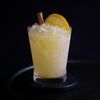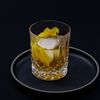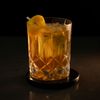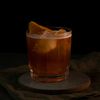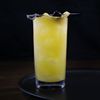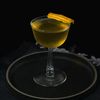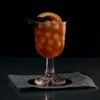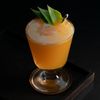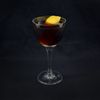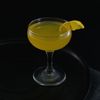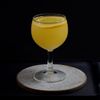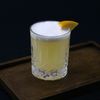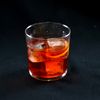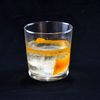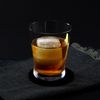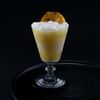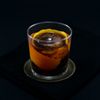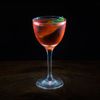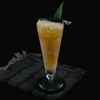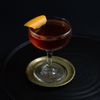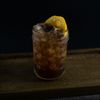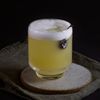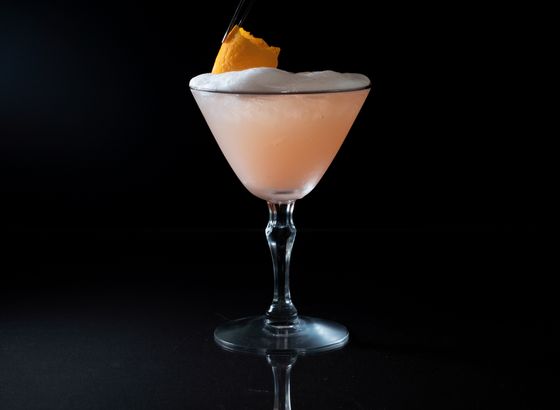
No. 192: Punch a la Romaine
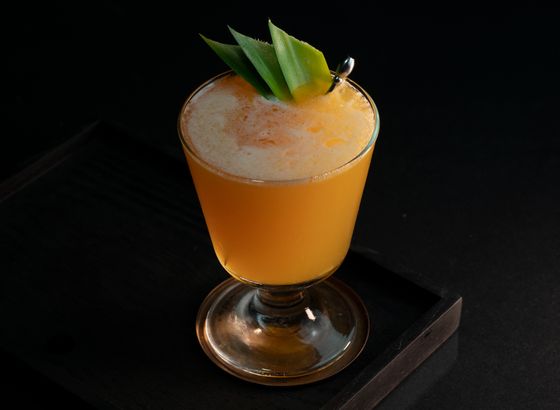
No. 217: Halekulani

No. 52: Burl Ives
orange
The mellowest of all the cocktail citrus, orange perks up everything from tiki drinks to old classics

Orange, like most of the basic cocktail fruits, got its start in punch bowls. In his book Punch, cocktail historian David Wondrich notes that “oranges start showing up in connection with Punch as early as 1691, when they appear in a definition of the drink in John Worlidge’s Vinetum Britannicum.” They were typically used to supplement lemons and limes, which played a more functional role by adding high amounts of acid. By the 1700s you could order an orange punch which eschewed lemon and lime altogether for a “particularly mild and agreeable beverage of antiquity.”
By the late 1800s orange peel was beginning to show up in old fashioneds. Previously reserved for punches and punch-like drinks such as the sherry cobbler, many drinkers were incensed at newer old fashioneds with “orange and that kind of damned garbage” dumped into them. Eventually, orange would become a popular choice in the drink, often replacing the lemon peel that Jerry Thomas recommended. Today, orange is equally successful as a garnish in bitter drinks like the negroni, boulevardier, and scorched earth. A few other historical oddities exist—such as the income tax and blood and sand—that are certainly worth trying.
orange juice • 9 recipes »
Orange juice is much lower in acidity than lemons and limes, with an acidity around 3.5%, while lemons and limes are closer to 6%. Oranges are also much higher in sugar, which further reduces the impact of the acid. Because of this, cocktails that use orange juice tend to be much smoother and sweeter than those that use lemon or lime. This can actually be an issue, since a lack of acid can leave cocktails tasting a bit “flat”.
Juicing oranges is much easier than juicing lemons and limes, since an orange will typically yield 2-4 times as much juice. We like to use a standard tabletop juicer for larger citrus, though you will want to use a fine strainer to remove all the pulp and seeds before mixing. Juicing oranges by hand is a mess, but it does work in a pinch.
orange peel • 27 recipes »
Orange peel is one of our favorite garnishes. It makes everything better. The oils are complex and powerful, and a large one can wrap all the way around the glass to beautiful effect. They add a candy-sweetness to the nose. A Negroni or old fashioned would be an obvious way to try this, but instead how about a vieux carré or Ford?
Some drinks call for a flamed orange peel, which can be achieved by holding the peel between your fingers and squeezing, orange-side-out, towards a lighter. As the oils aromatize they will ignite, creating a dazzling effect and imparting a somewhat subtle chemistry change to the peel. Typically, this is employed more for show than taste, but it is a fun trick to learn and often wins some cool points.
orange wedge • 5 recipes »
An orange wedge is employed on some quirky older cocktails like the income tax and monkey gland. It usually looks nice on a cocktail glass, though typically an orange is too big for a full wedge, so you’ll need to cut the tip off to get a reasonable size.
orange wheel • 4 recipes »
Getting an orange wheel that works can be tricky, since oranges are often pretty big. Mandarin and clementine oranges work well for a wheel garnish. If you don’t have a small orange, try using the edge of the orange rather than the center, though sometimes this can backfire into a mess of pith. If you want to try your hand at a fancy wheel, opt for cocktails like the marmalade, cinnamon girl, or ty cobbler.


No. 217: Halekulani
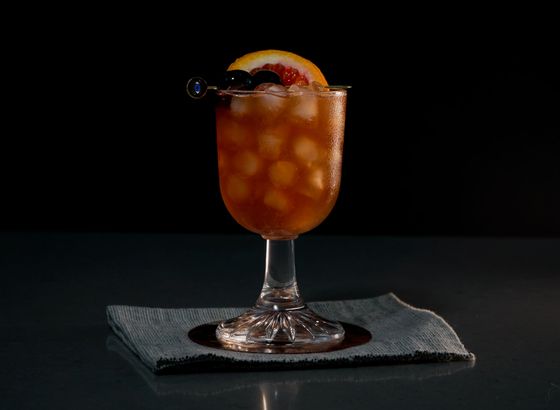
No. 200: Groceries for the Queen
